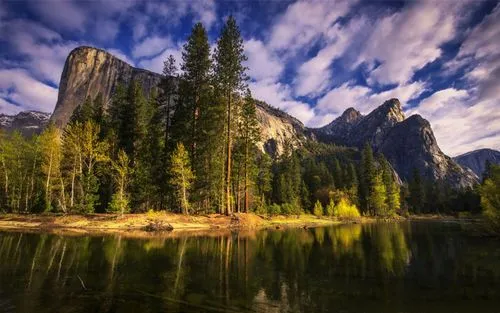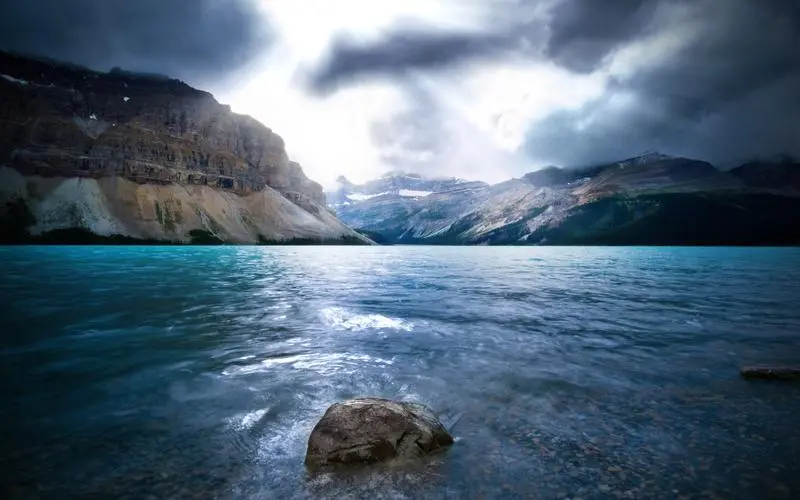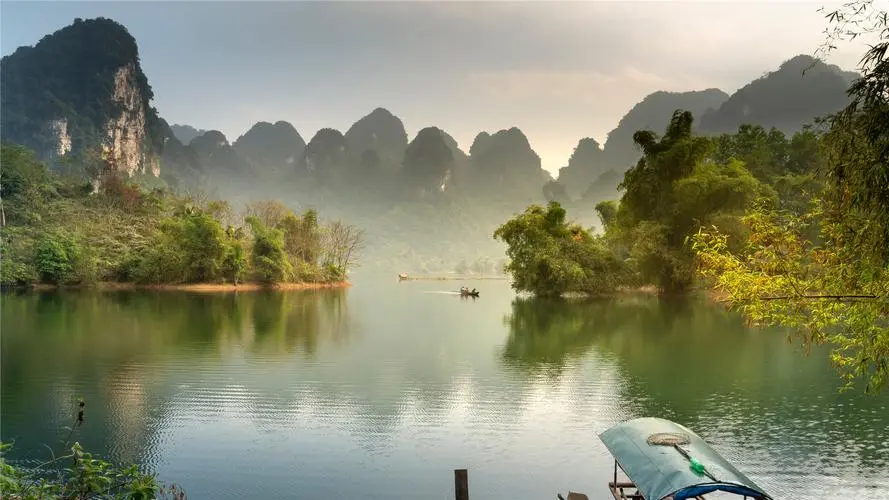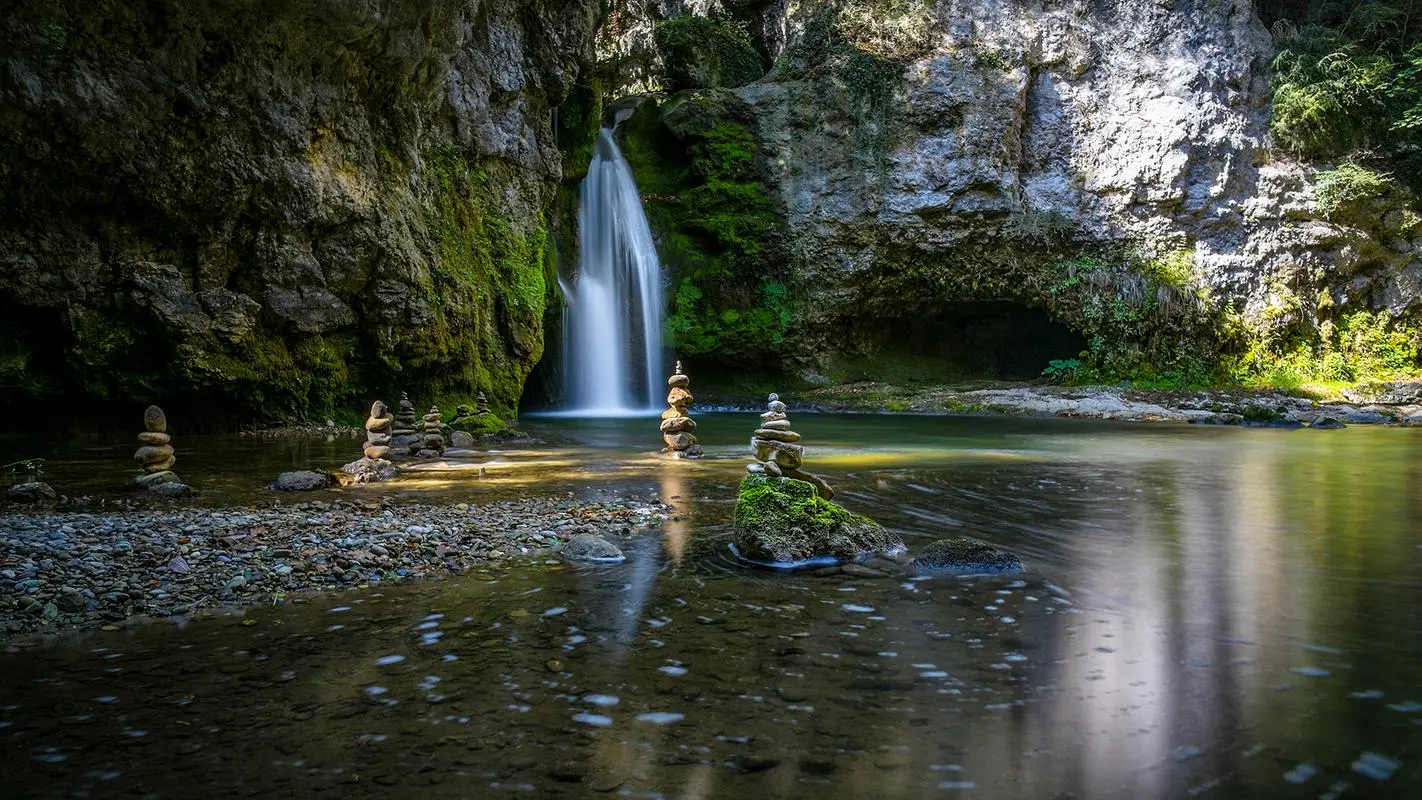The Great Wall: A Priceless Cultural Relic
The Great Wall, stretching across northern China, is one of the most famous cultural relics in the world. It has a history of over 2,000 years and is a symbol of ancient Chinese wisdom and perseverance.
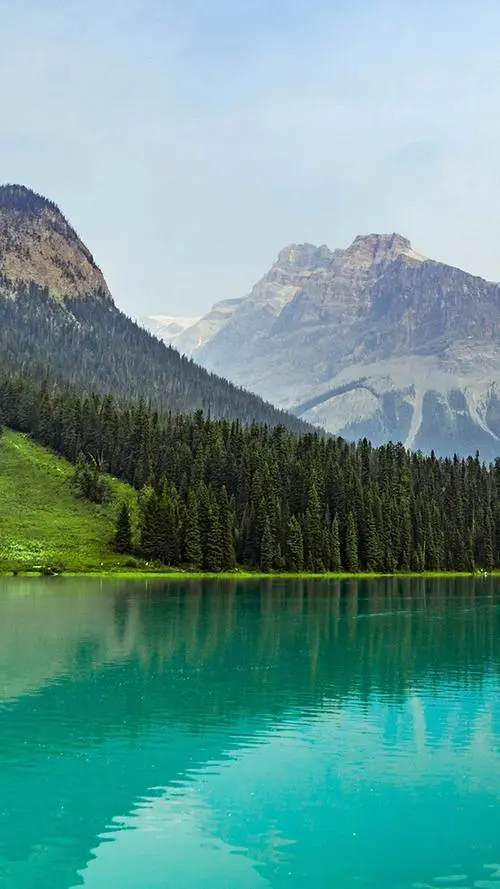
The construction of the Great Wall began in the 7th century BC and continued over many dynasties. Countless workers, soldiers, and common people contributed to its building. They used simple tools like shovels and baskets to carry heavy stones and bricks, facing harsh conditions and difficult terrains. This huge project was aimed at protecting the country from invasions.
The Great Wall is not just a long wall. It consists of watchtowers, fortresses, and passes. The watchtowers were used to observe the enemy's movements, and the fortresses were places for soldiers to live and store weapons. The passes, such as the Badaling Pass, were important strategic points.
Today, the Great Wall attracts millions of tourists from all over the world every year. People come to admire its grandeur and imagine the battles and lives in ancient times. When I first visited the Badaling section of the Great Wall, I was deeply impressed. The long, winding wall seemed to reach the sky, and climbing it made me feel a strong connection to the past.
However, the Great Wall is facing some problems. Natural erosion, such as wind and rain, has damaged parts of it. Also, some tourists' improper behaviors, like scribbling on the wall, have caused harm. To protect this precious cultural relic, the government has carried out many repair projects. Moreover, education campaigns are being launched to raise people's awareness of protection.
In conclusion, the Great Wall is not only a historical wonder but also a cultural treasure that belongs to all of humanity. We should all take responsibility to protect it so that future generations can continue to appreciate its beauty and significance.
